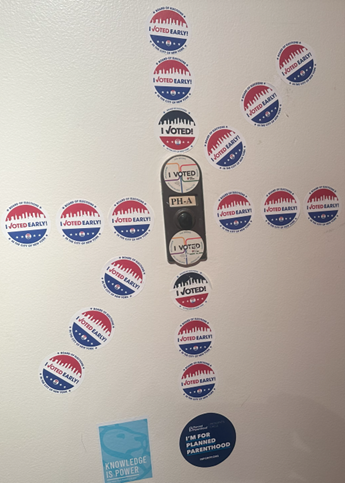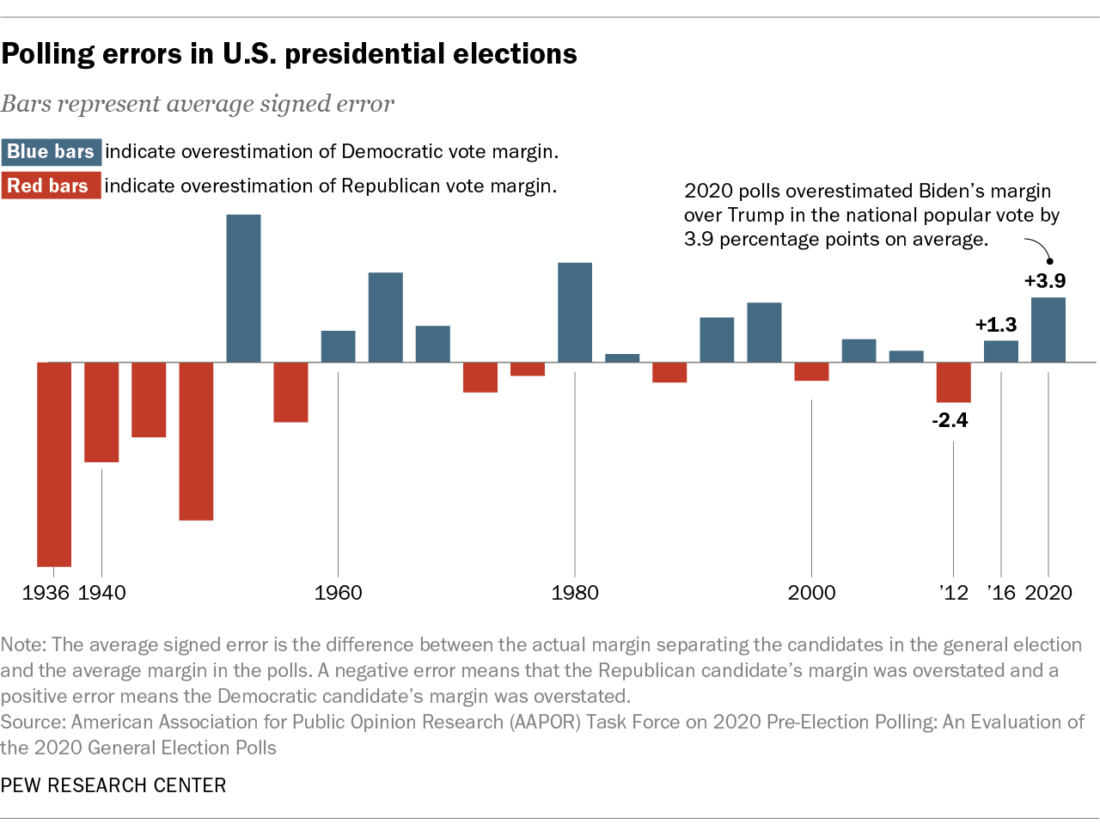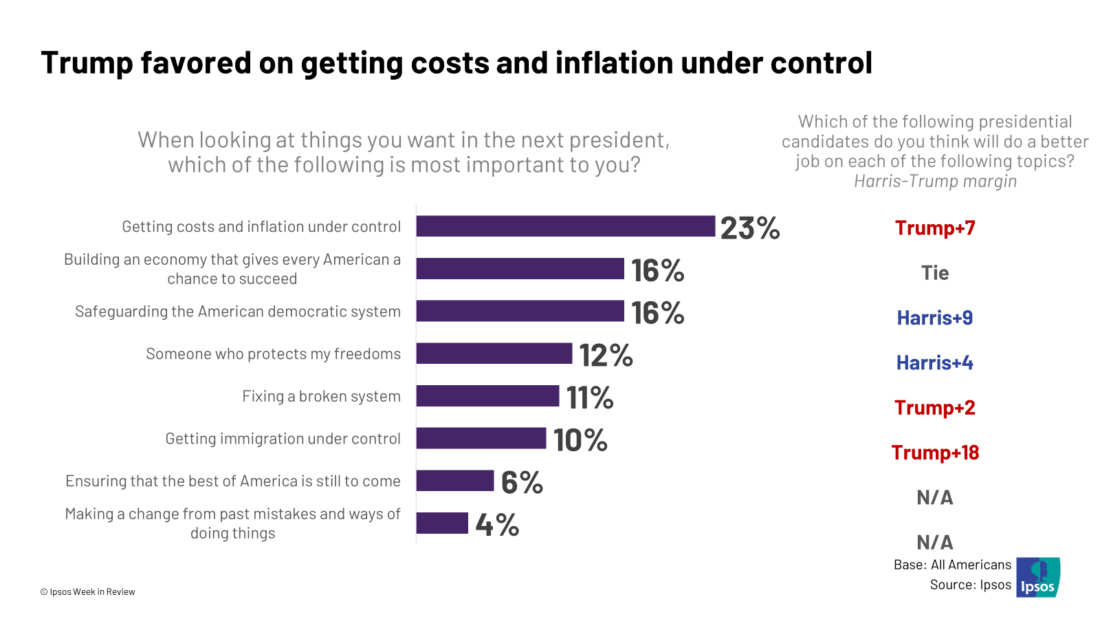
Today is exactly one week before election day (Tuesday, November 5th). Election Day comes at the end of an intense election period. Early voting has become a norm. Chances are that by the time this blog is posted, two more voting stickers will be added to my front door (shown above). I don’t live in a swing state; nevertheless, like you, I am constantly bombarded with ads and polls that I could live without. I am also aware that there is a high probability that after November 5th, this pre-election bombardment will be replaced with a post-election bombardment about legal battles.
All of this reminds me of semester-end final exam periods (I am a teacher). Teachers generally want students to be successful in final exams. There are two ways to achieve that: either make the exam very easy or try to teach students useful hints for understanding and remembering the material that was covered in the semester. I am an advocate for including past final exams as an appendix to the syllabus so when students register they have an idea of what to expect. It also means when these courses are evaluated, the final exams act as references for their difficulty level. In terms of preparation for these exams, only the second option remains – try to teach students how to succeed in a “real” final that actually reflects the covered material. The first tip that I have is that students should spend time reading the question (instead of automatically “dumping” what they remember about the topic).
Back to polling the coming election: the big difference between finals and polling is that final exams are about material that was covered in the past semester, while polling is almost always about the future. So the pollsters “pass” or “fail” the polling “exam” after the real results are posted.

Figure 2 – Poll “fails” (Source: Pew Research Center)
Reading the questions carefully in an exam is equivalent to carefully formulating polling questions that encompass all of the relevant issues. Two examples from a reputable pollster are given below:
- In general, are you satisfied or dissatisfied with the way things are going in the United States at this time?
- In politics, as of today, do you consider yourself a Republican, a Democrat or an independent? (If independent): Do you lean more to the Democratic Party or the Republican Party?
To get more questions, the site wanted me to create a sign in, which I refused to do. For more questions I went to Ipsos, whose polls you can see in Figure 2.

Figure 3 – Polls from Ipsos
CNN’s questioning shows some of the confusions about polling, and how polls can be misleading:
Former President Donald Trump should be running away with this election given how few people think the country is heading in the right direction.
Instead, Trump and Vice President Kamala Harris are neck and neck in the polls. Now, it’s not clear whether Harris can continue to win over so many voters who think we’re heading in the wrong direction. What is clear is that Harris would need to defy certain fundamentals if she wants to win next month, and recent history suggests she has a shot.
Yet, Democrats defied the midterm trends, keeping their House losses to single digits, expanding their Senate majority and picking up governor’s seats.
Arguably the two biggest factors that allowed Democrats to do so well are still present today: Trump and abortion.
Why the CNN pollsters thought that Trump and abortion should be separate questions from “The country is headed in the wrong direction” is beyond my comprehension. The only reason that I can think of is that the pollsters wanted to compare answers to previous polling where these issues didn’t exist.
Pew Research has the full picture of the 2024 polling environment. It also has a helpful FAQ.
David Brooks from the NYT has a different take on the recent presidential elections in the US. He blames the close polling results on negative advertising. He might be right.
Two big things baffle me about this election. The first is: Why are the polls so immobile? In mid-June the race between President Biden and Donald Trump was neck and neck. Since then, we’ve had a blizzard of big events, and still the race is basically where it was in June. It started out tied and has only gotten closer.
We supposedly live in a country in which a plurality of voters are independents. You’d think they’d behave, well, independently and get swayed by events. But no. In our era the polling numbers barely move.
The second thing that baffles me is: Why has politics been 50-50 for over a decade? We’ve had big shifts in the electorate, college-educated voters going left and non-college-educated voters going right. But still, the two parties are almost exactly evenly matched.
This is not historically normal. Usually, we have one majority party that has a big vision for the country, and then we have a minority party that tries to poke holes in that vision. (In the 1930s the Democrats dominated with the New Deal, and the Republicans complained. In the 1980s the Reagan revolution dominated, and the Democrats tried to adjust.) But today neither party has been able to expand its support to create that kind of majority coalition. As the American Enterprise Institute scholars Ruy Teixeira and Yuval Levin note in a new study, “Politics Without Winners,” we have two parties playing the role of minority party: “Each party runs campaigns focused almost entirely on the faults of the other, with no serious strategy for significantly broadening its electoral reach.”
A different perspective was expressed by one of the most respected pollsters in a recent article in the NYT: “Nate Silver: Here’s What My Gut Says About the Election, but Don’t Trust Anyone’s Gut, Even Mine.” The two short paragraphs that start his article are given below:
In an election where the seven battleground states are all polling within a percentage point or two, 50-50 is the only responsible forecast. Since the debate between Kamala Harris and Donald Trump, that is more or less exactly where my model has had it.
Yet when I deliver this unsatisfying news, I inevitably get a question: “C’mon, Nate, what’s your gut say?”
In the following paragraph in the article, Silver tells us what his “gut feeling” is. Almost all of us have “gut feelings.” Often, they correspond to either our hopes or our fears. We would better to not trust our gut feelings and to instead go and vote our wishes. Regardless of the political environment, too much is at stake in our collective future to sit this one out. Be part of the decision and vote!
